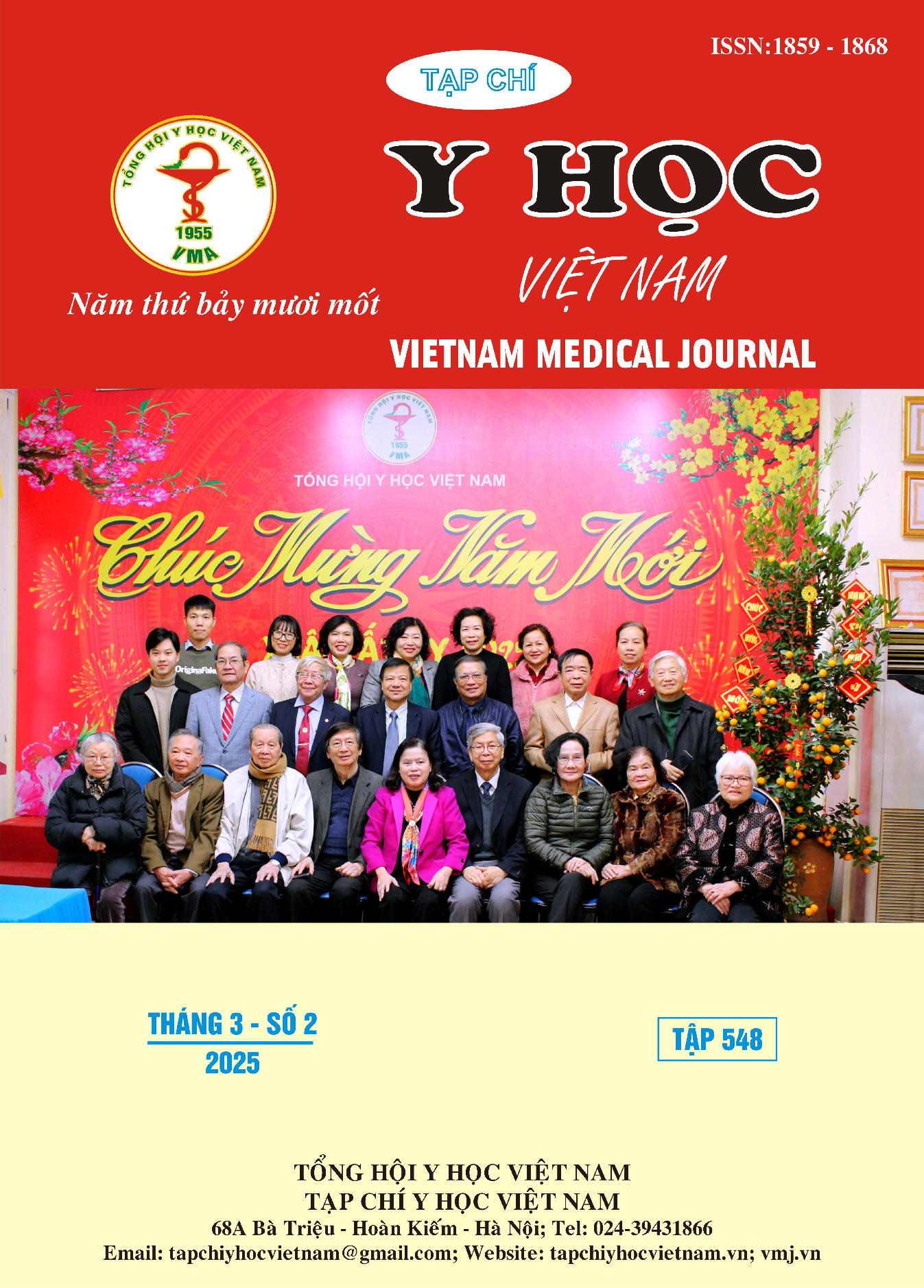BUDGET IMPACT ANALYSIS OF NOVEL ORAL ANTICOAGULANTS FOR STROKE AND SYSTEMIC EMBOLISM PREVENTION IN ATRIAL FIBRILLATION IN VIETNAM
Main Article Content
Abstract
Background: Atrial fibrillation is one of the most common types of arrhythmias, characterized by irregular heartbeat, often occurring when the patient's heart beats much faster than normal. The efficacy and safety of NOACs have been proven through numerous large clinical trials, and the consideration of including the drug in the Vietnamese health insurance drug list needs to be based on scientific evidence. Methods: An Excel model was constructed with input data from a literature review and consultations with clinical experts at Cho Ray Hospital, People's Hospital 115, Vietnam National Heart Institute, Heart Insitute, Ho Chi Minh City and Hanoi Heart Hospital based on a Vietnamese healthcare payer perspective. Results: Analysis of the 5-year budget impact results when including apixaban in the health insurance payment list for stroke prevention and systemic embolism in patients with non-valvular atrial fibrillation showed that with the apixaban usage rate increasing from 7.9% to 27.9%, it helped reduce 227 concurrent events, saving a total 5-year health insurance budget of VND 5.35 billion and saving a patient-paid budget of VND 0.46 billion. Conclusions: Apixaban helps save health insurance budgets, increases treatment access rate, and helps reduce adverse events. Therefore, it should be considered to choose appropriate coverage rate and conditions when adding the drug to the Vietnamese health insurance drug list
Article Details
Keywords
Apixaban, non-valvular atrial fibrillation, budget impact.
References
2. Brandes, M. D. Smit, B. O. Nguyen, M. Rienstra, and I. C. Van Gelder, "Risk factor management in atrial fibrillation," (in b), Arrhythmia & electrophysiology review, vol. 7, no. 2, p. 118, 2018.
3. M. Kavousi, "Differences in Epidemiology and Risk Factors for Atrial Fibrillation Between Women and Men," (in b), Frontiers in Cardiovascular Medicine, Mini Review vol. 7, 2020. [Online]. Available: https://www.frontiersin.org/articles/10.3389/fcvm.2020.00003.
4. S. H. Hohnloser et al., "The effects of apixaban on hospitalizations in patients with different types of atrial fibrillation: insights from the AVERROES trial," (in b), European Heart Journal, vol. 34, no. 35, pp. 2752-2759, 2013, doi: 10.1093/eurheartj/eht292.
5. X. Liu, M. Johnson, J. Mardekian, H. Phatak, J. Thompson, and A. T. Cohen, "Apixaban reduces hospitalizations in patients with venous thromboembolism: an analysis of the apixaban for the Initial management of pulmonary embolism and deep‐vein thrombosis as first‐line therapy (AMPLIFY) trial," (in b), Journal of the American Heart Association, vol. 4, no. 12, p. e002340, 2015.
6. R. D. Lopes et al., "Apixaban for reduction in stroke and other ThromboemboLic events in atrial fibrillation (ARISTOTLE) trial: design and rationale," (in b), American heart journal, vol. 159, no. 3, pp. 331-339, 2010.
7. "Secondary Analysis of ARISTOTLE (CV185-030) to Support Apixaban Cost Effectiveness Modelling for the Indication of Stroke Prevention in Atrial Fibrillation; Data on File; DCN #Apix 016. 2012.."
8. B. Granger et al., "Apixaban versus Warfarin in Patients with Atrial Fibrillation," New England Journal of Medicine, vol. 365, no. 11, pp. 981-992, 2011, doi: 10.1056/NEJMoa1107039.
9. G. Y. Lip et al., "Relative efficacy and safety of non-Vitamin K oral anticoagulants for non-valvular atrial fibrillation: Network meta-analysis comparing apixaban, dabigatran, rivaroxaban and edoxaban in three patient subgroups," (in eng), International journal of cardiology, vol. 204, pp. 88-94, Feb 1 2016, doi: 10.1016/j.ijcard.2015.11.084.
10. Trần Cát Đông et al., "Phân tích chi phí trực tiếp y tế trong điều trị rung nhĩ không do van tim tại một số bệnh viện chuyên khoa giai đoạn 2019-2022," Tạp chí Y học Việt Nam, vol. 533, no. 1B, 2023.


